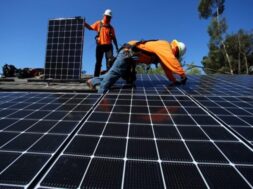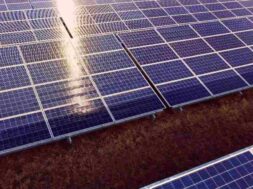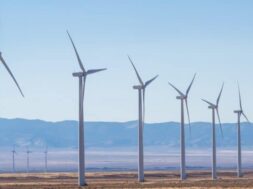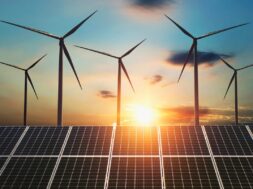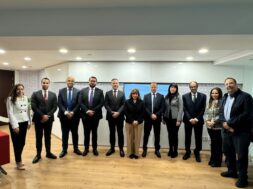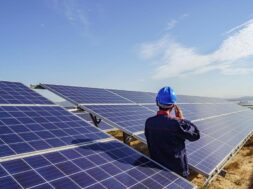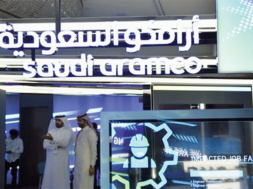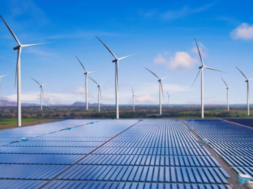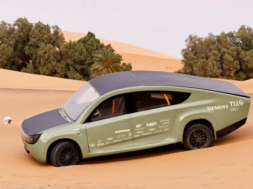
Energy prices in Morocco remain stable in an atypical situation compared to Europe
Contrary to what is happening in Europe, where electricity prices, and therefore electricity bills, are constantly rising, in Morocco they are stable. The reason why this is happening is because of the fixed rate in the tariff and because the resale price of electricity is regulated by an inter-ministerial commission.
This commission fixed a tariff readjustment thanks to the contract signed by the State with ONEE (National Office of Electricity and Drinking Water) in 2014. When the contract was signed, it was foreseen that the price of electricity would rise gradually over the next 4 years. This generates an accumulation on the bill of 4.5% for individuals and 3.5% to 6% for professionals.
The tariff readjustment focused on qualifying consumers according to type of use, power and usage brackets. Today, tariffs vary between 0.6 DH/kwh and 2 DH/kwh, with DH being the hourly discrimination, a value that indicates the price of energy according to the hourly time slot in which it is used and the kwh, which refers to the kilowatt-hour. The price, before the spike in energy prices, was almost 1DH/kwh. Although these tariffs were calculated according to different criteria, their main objective was to maintain a balance in the price of electricity so that it would be affordable for families and, in particular, for the so-called social and industrial brackets.
Today, with the international conflict in Ukraine, global energy prices on the rise, as well as the temporary closure of gas-fired power plants and the drop in performance observed in some renewable energy production sites at the beginning of the year, ONEE’s electricity purchase price levels were close to doubling. The deficit observed in July 2022 in the ONEE electricity tranche was Dh10 billion. Some assessments forecast a record deficit of almost 20 billion dirhams for ONEE this year, provided prices remain the same. A deficit that will further increase ONEE’s debt, which already exceeds 60 billion dirhams.
The problem lies in the privatisation of the market in the late 1990s. Since then, concessional production or generation grew by less than 10% until 1997 and by more than 80% today. Because ONEE limited its production to supplying multinationals such as Taqa, which uses 50% of the national energy. Most of these concession contracts are concluded according to the so-called BOOT (Build-Own-Operate-Transfer) approach, i.e. the developers of the production plants take the risk of building the plants and operating them, before transferring them to ONEE at the end of the concessions.
However, as the latest ESEC (Exchange and Clearing Services Companies) report on the energy sector indicates, ONEE’s chronic indebtedness stems from the “structural fragility of its business model”. This is characterised, according to the report’s editors, by “massive investments that are not fairly remunerated through the business model of its activities”.
The only way to stabilise the model in the long term is to increase wholesale prices, which will have knock-on consequences for end consumers. In fact, tariff adjustments are not made on the basis of a temporary situation, it is a political decision linked to the search for a broader social balance. “We used to subsidise hydrocarbons and we came out alive. We had spent 55 billion dirhams, while we had no tax revenue related to the taxation of hydrocarbons. Imagine, today we have 10% VAT for 17 DH per litre, plus 2.42 DH of ICT per litre,” according to Amin Bennouna, who points out that this margin allows the state not to revise prices upwards.


